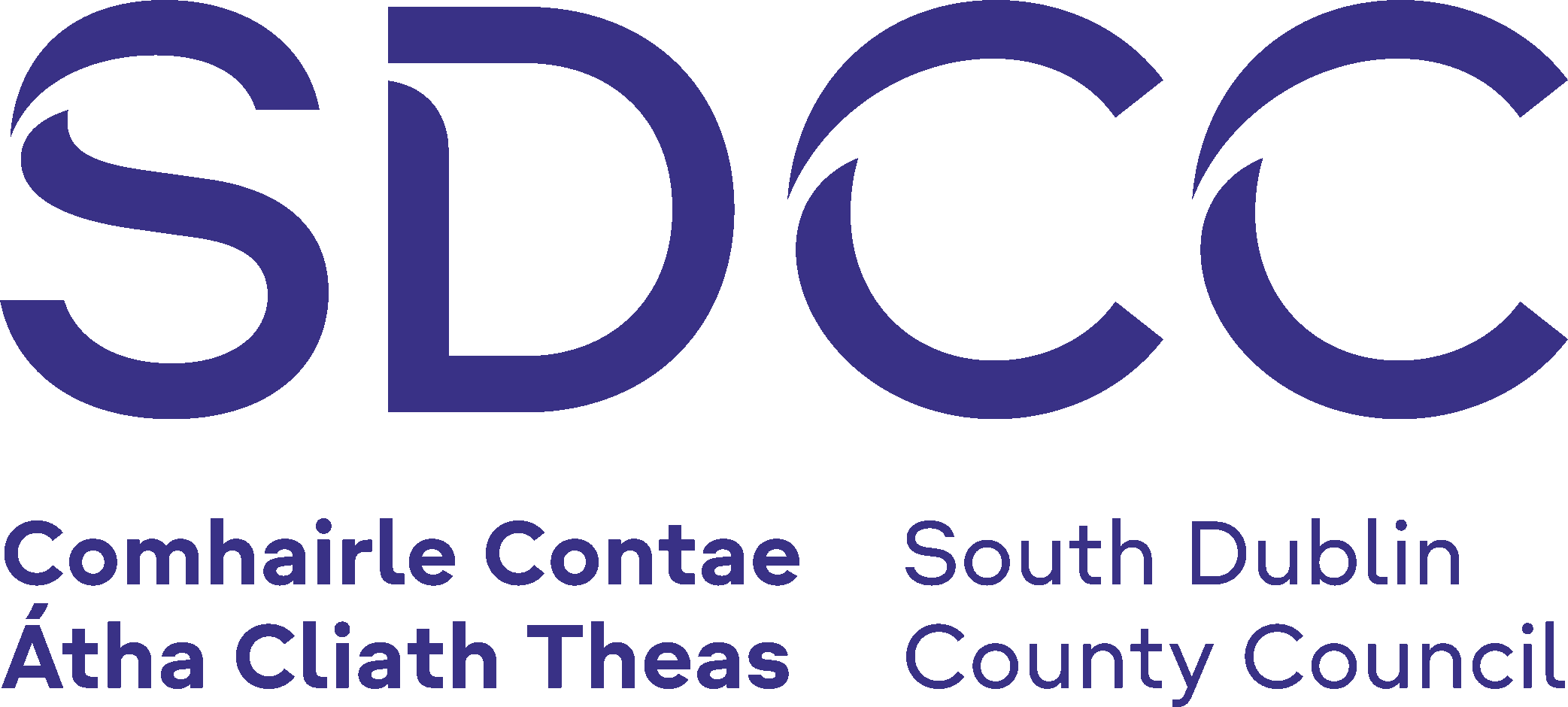1.1 Background
As outlined in EPA’s 2010 – 2015, Water Quality in Ireland (EPA, 2017a[1]), nutrient losses from agriculture and domestic wastewater discharges are the primary reasons why the water quality[BD1] objectives of the Water Framework Directive (WFD) will not be met. In relation to wastewater, the primary pressure is from urban wastewater (UWW) discharges, but private wastewater (DWW) discharges … which include losses from urban wastewater misconnections, are also significant contributors”. The significant ‘pressure types’ or water management deterioration sources impacting on the quality and ecological wellbeing of the waterbodies in Ireland, and the focus of the River Basin Management Plans (RBMP’s) 2017-2021, (DECLG, 2015).
As outlined by the European Environment Agency “around 75% of population of the EU have chosen urban areas as their place to live” and with a European and US 3%–4% average misconnection rate being the most frequently quoted. In their conclusions it states that “there is a clear need to develop a more systematic procedure and appropriate protocols for identifying polluted surface water outfalls and in source-tracking misconnections”. The following actions provide a novel systematic procedure and appropriate protocols to address this European need.
1.2 Urban Water Pollution Sources
Collins and McEntee of Dublin City Council evaluated that 8% of households in Dublin City have misconnected a foul water drainage (sewer) pipe to the storm water sewer system, resulting in the direct discharge of untreated domestic wastewaters to receiving surface waters. These are a source of nutrient-enrichment and microbial contamination of impacted waterbodies.
The mitigation of untreated urban wastewater discharge to aquatic environments will be fundamental in meeting the objectives of the WFD. This includes discharges from domestic misconnections.
Domestic misconnections research in South County Dublin
The major rivers in South Dublin County are the Cammock, Griffeen, Dodder and Owendoher and their designated status rating, ranging from “Good” to “Poor”. South Dublin County Council’s research focused on the Griffeen River as it represented a collection of large and small urban catchments in South Dublin County and other urban stream in the Greater Dublin Area and other city areas in Ireland.
Domestic Misconnections
Non-point source or diffuse water pollution arises from dispersed and widespread sources, generally from large undefined areas of surface water runoff, and in urban areas typically contains a mixture of pavement runoff contaminants. In addition to the pollution potential from pavement runoff entering surface water systems, caused by rainfall events as the storm sewer “first foul flush” or “first flush”, surface water quality deterioration is caused by misconnections.
Studies carried out in urban catchments in the UK and USA identify that, due to misconnections, diffuse storm water pollution is the primary environmental pollution risk to receiving waters. One study identified domestic sewage discharge as being the primary contributor to surface water pollution even when agricultural pollution, forestry, industrial discharge and mining were considered. The research identified that sewage effluent discharge resulted in the pollution of 34% of rivers in Scotland and that diffuse urban drainage, including domestic misconnections, contributed to an additional 11% of Scottish surface water pollution. A Royal Haskoning (2010) report determined that domestic misconnections in the UK resulted in approximately 8% and 9% non-compliance of freshwater and coastal bathing water Environmental Quality Standards (EQSs), respectively.
The UK regulatory authority identified domestic misconnections as a high priority water pollution concern that must be addressed
Dublin City Council (DCC) established in a survey of 2,602 houses that 88% of storm water misconnections arise from washing machines, kitchen sinks and dishwashers (Collins and McEntee, 2009). The downstream impact on surface waters may be direct, indirect, acute or chronic. Therefore, it is clear that domestic misconnections pose a challenging European urban issue that requires an integrated approach to resolving this problem and meeting the requirements of the various water quality Directives.
Bathing water quality
The EPA Bathing Water Quality 2016 report noted the potential hazards at Ireland’s beaches of bacterial risk from contaminated surface water streams and rivers that drain onto beaches either directly or through piped culverts. These are a hazard to those bathing directly in them and contribute microbiological contamination to the immediate marine bathing waters.




